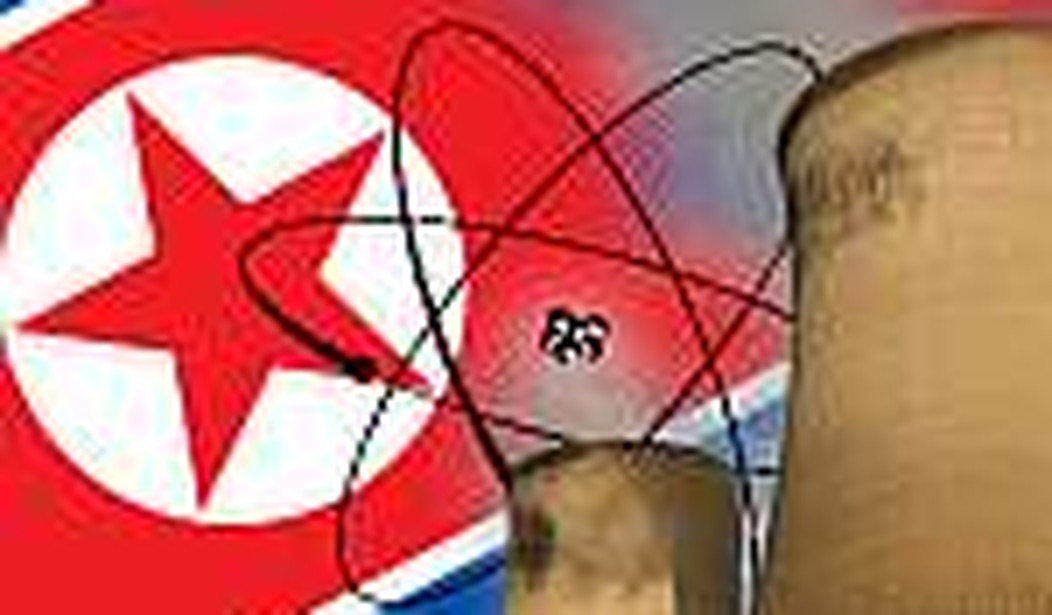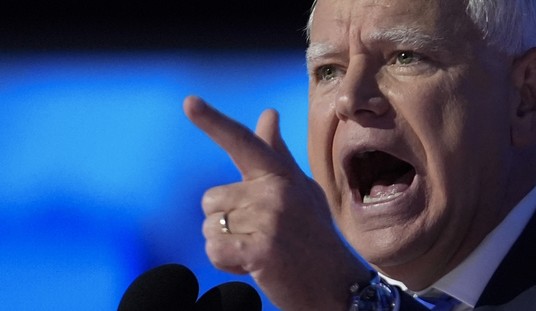In shutting down its Yongbyon nuclear reactor just as it was receiving the first oil shipment, North Korea has demonstrated exquisite timing and a fine eye for a deal.
The Six Party Talks will now reconvene in Beijing in an attempt to secure further progress. But having come good on its initial commitment, Pyongyang now has the option of playing hard to get once again. It has made the only concession it really needed to make to keep negotiations (and hopes) alive and the US and others off its back.
Pyongyang gets top marks for timing and for generating the impression that it will act quickly when its grievances are addressed. As a shrewd negotiator, North Korea made the reactor shutdown, agreed to at the last round of talks in February, contingent on the release of some dodgy funds it had deposited in a Macau-based bank. This process took several months, even testing the patience of the normally indefatigable US envoy Christopher Hill. But as soon as these funds were unfrozen, the ice began to melt very quickly. And once the first shipment of oil to North Korea was on the way, another part of the deal hatched in February, the Yongbyon shutdown was underway: the most significant bit of progress since the Six Party Talks began in 2003.
North Korea also deserves credit for bringing home the initial bacon. It has got the better part of the deal – not just the oil, but negotiations with the other members of the talks (including the United States) on security assurances and the prospect of normalized relations.
In return it is closing down a reactor it has been able to reactivate before. And all along it has retained the plutonium extracted from the same reactor in earlier years. Last year it even tested a nuclear device – perhaps not a fully-fledged nuclear weapon or a fully successful test, but a clear sign at least that it had done everything but cross the threshold.
The next stage, as Mr Hill has cautioned, is going to be much tougher. Pyongyang is now required to produce a full inventory of its nuclear facilities. Included in that list, in Washington’ eyes at least, must be any details on North Korea’s suspected work on highly enriched uranium – a second path to the production of bomb-making material. It is an almost certain bet that North Korea will stall on producing the inventory. It is even more likely that Washington will find any such list worryingly incomplete. Additional rounds of the talks may be needed to haggle on the finer details.
The Yongbyon shut-down may not create momentum for this next stage. Instead it may have removed the pressure from North Korea to act quickly on any subsequent steps. This second stage can be expected to move well into 2008 which also happens to be a presidential election year in Washington – and it would take any new administration months to get its act together and reapply significant pressure on Pyongyang. North Korea may also have now done enough to get its traditionally friendly neighbour China off its back a little. And the supply of fuel may help reinvigorate cooperation with South Korea.
The reactor shutdown is hardly the end of the beginning. The eventual and much more difficult aim of dismantling and removing all of North Korea’s nuclear infrastructure remains a rather distant prospect, if it really exists at all. At least some of the parties to the Six Party Talks are probably reconciled to the idea of living with some sort of nuclear North Korea. But they may be hoping that the reactor shutdown signals the possibility of freezing Kim Jong-il’s program before it becomes more dangerous.
Robert Ayson is Director of Studies at the Australian National University’s Strategic and Defence Studies Centre and can be contacted at [email protected]









Join the conversation as a VIP Member